








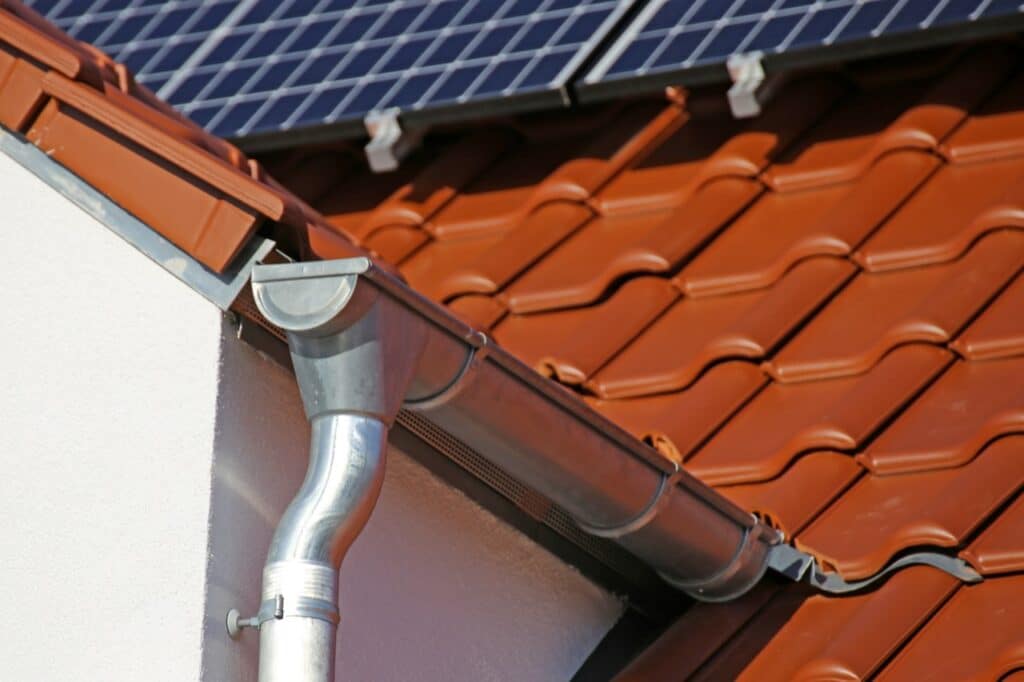
We regularly get asked to explain the difference between the mesh options that we offer.
As soffit vents are one of the most common areas for mesh to be used in, we decided to write a quick guide.
We have covered everything from, which material works best for each requirement, to how to recycle and dispose of old mesh material.
Let’s get into it…
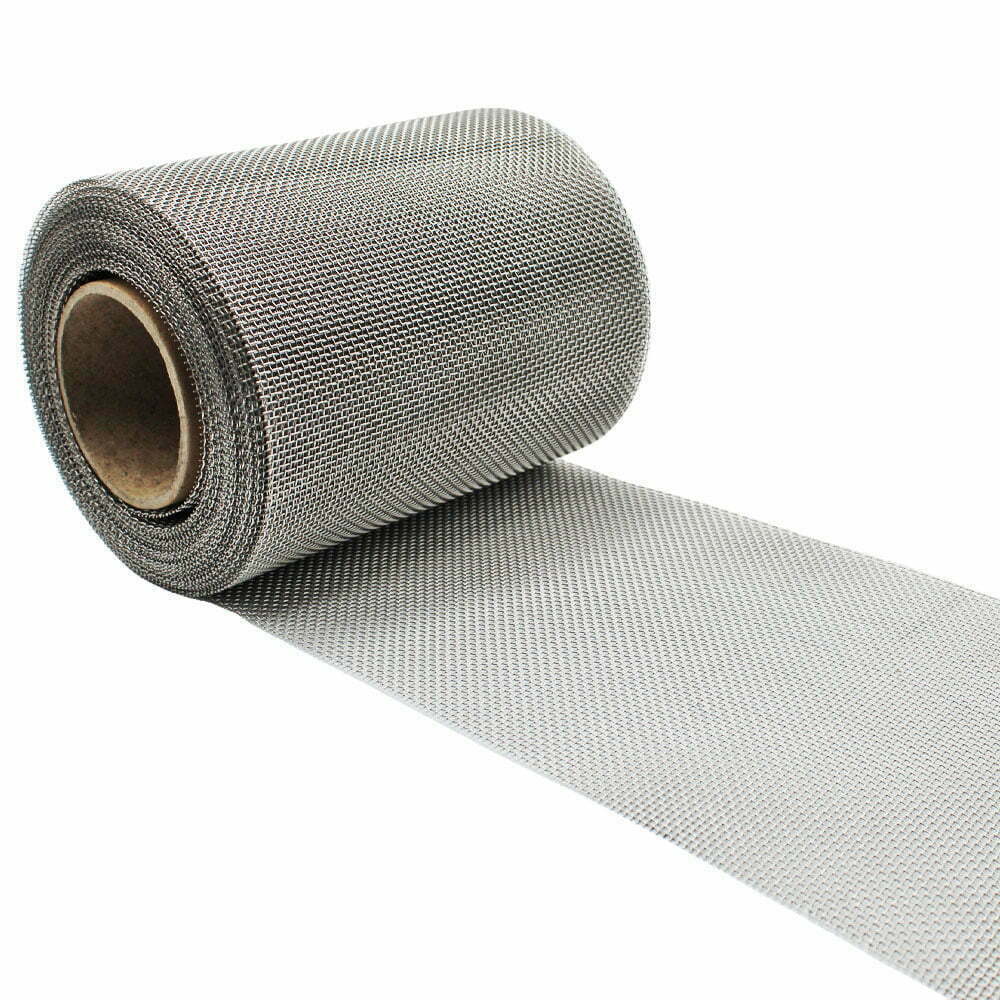
First of all, as always, it is important to first clarify the term.
A soffit vent mesh is a type of ventilation material used in the construction of buildings. It is usually made of metal or plastic and is installed in the soffit, which is the underside of the eaves or overhanging portion of a roof. The soffit vent mesh serves as a passage for air to circulate and as a barrier to prevent pests, such as birds and insects, from entering the attic.
By allowing air to circulate in the attic, the soffit vent mesh helps regulate the temperature and prevent moisture build up, which can cause mould growth, rotting, and structural damage. The soffit vent mesh also helps extend the life of the roof and reduce energy costs by improving the efficiency of the insulation and ventilation system.
There are different types of soffit vent meshes available, with varying sizes, shapes, and designs to suit different types of roofs and ventilation requirements.
The type of mesh you should get for your soffit vent depends on the type of pests you want to prevent from entering your attic.
If you’re mainly concerned with rodents, such as squirrels or rats, you should consider a rodent mesh. This type of mesh typically has small openings that prevent rodents from entering but still allow for air flow.
If you’re mainly concerned with insects, such as wasps or bees, you should consider an insect mesh. This type of mesh typically has smaller openings than rodent mesh, which makes it more effective in preventing insects from entering your attic.
It’s worth noting that some soffit vent meshes are designed to provide protection against both rodents and insects, so you may want to consider these if you have both types of pests in your area.
Ultimately, the choice between a rodent mesh and an insect mesh will depend on your specific needs and the type of pests you want to prevent from entering your attic.
When choosing a rodent mesh for your soffit vents, it’s important to consider the climate in your area and the level of exposure to the elements. You may also want to consider the cost and ease of installation, as well as the appearance of the mesh, especially if it will be visible from the ground.
There are several options for rodent mesh for soffit vents, including:
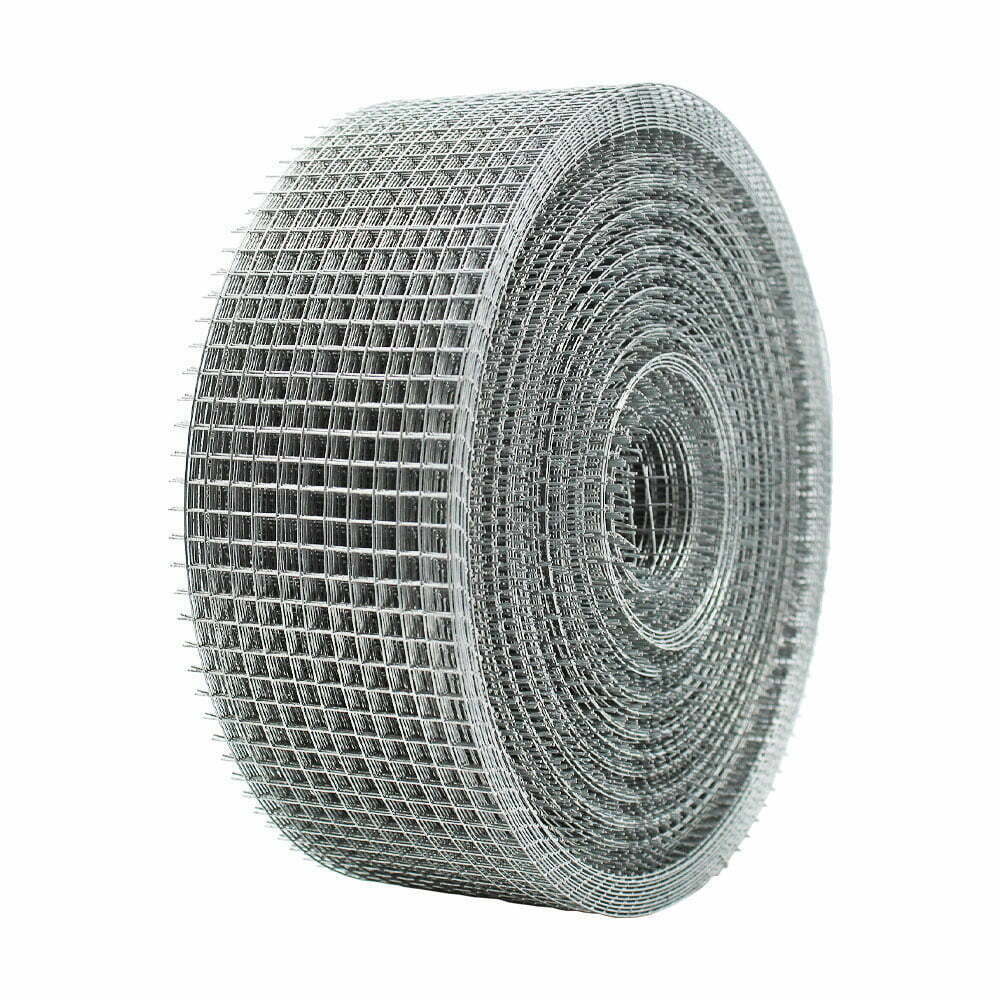
Galvanised Steel Mesh: This is a strong and durable option that is resistant to rust and corrosion. It has small openings that are effective in preventing rodents from entering your attic.
We offer 6 metre to 30 metre long rolls by 75mm to 400mm width.
Stainless Steel Mesh: This is another strong and durable option that is resistant to rust and corrosion. It’s more expensive than galvanised steel, but it is also more resistant to damage from the elements.
We offer 10 metre to 30 metre long rolls by 50mm to 300mm width.
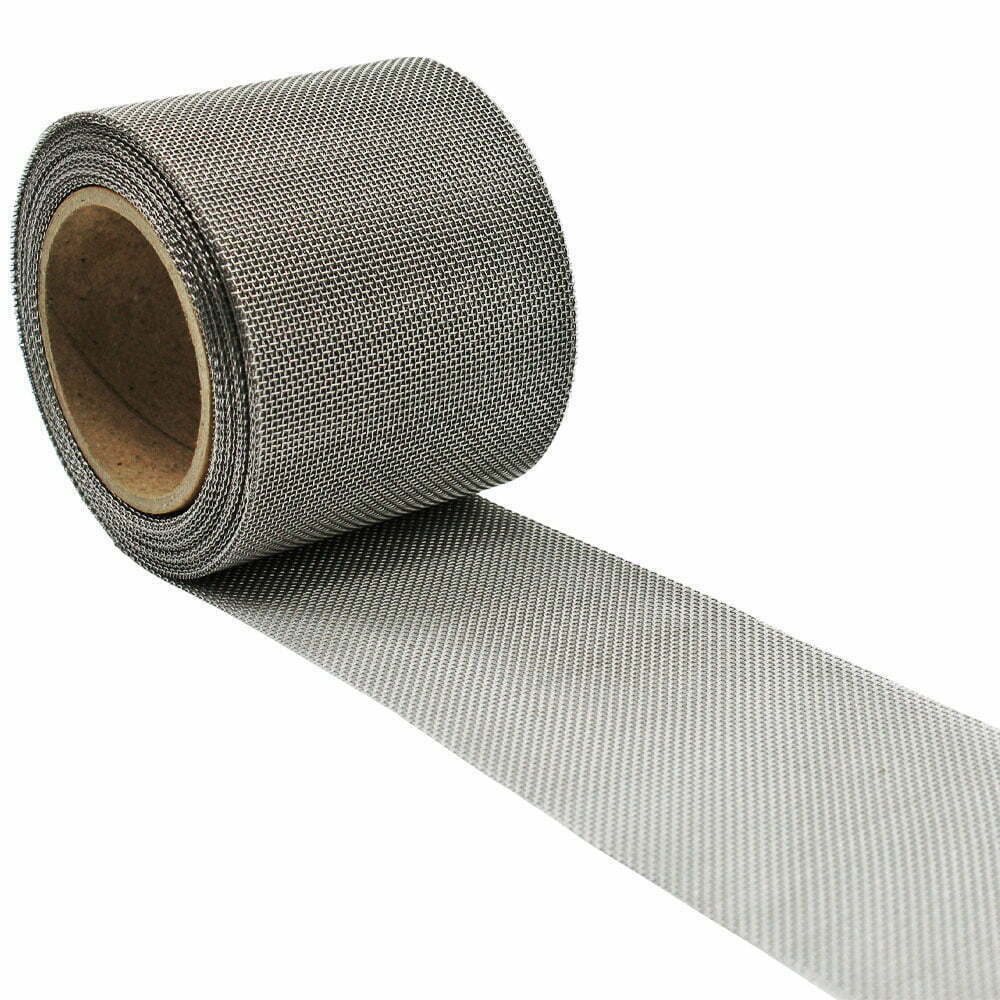
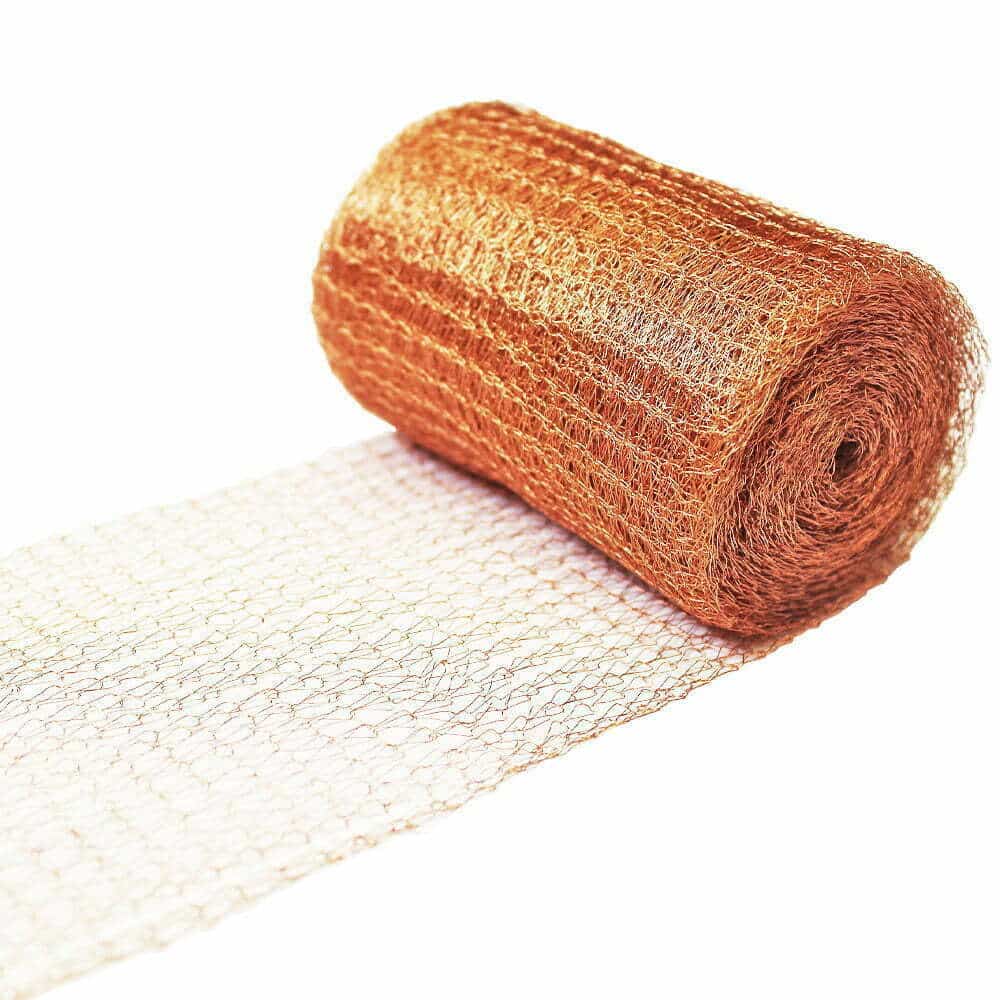
Copper Knitted Mesh: This is a more expensive option that is resistant to rust and corrosion. It is also a good option if you’re looking for a mesh that will blend in with copper gutters or roofing materials.
When choosing an insect mesh for your soffit vents, it’s important to consider the type of insects that are common in your area and the level of protection you need. You may also want to consider the cost and ease of installation, as well as the appearance of the mesh, especially if it will be visible from the ground.
There are several options for insect mesh for soffit vents, including:
Fibreglass Mesh: This is a lightweight and durable option that is easy to install. It has small openings that are effective in preventing insects from entering your attic.
We offer 30 metre long rolls by 100mm to 300mm width.
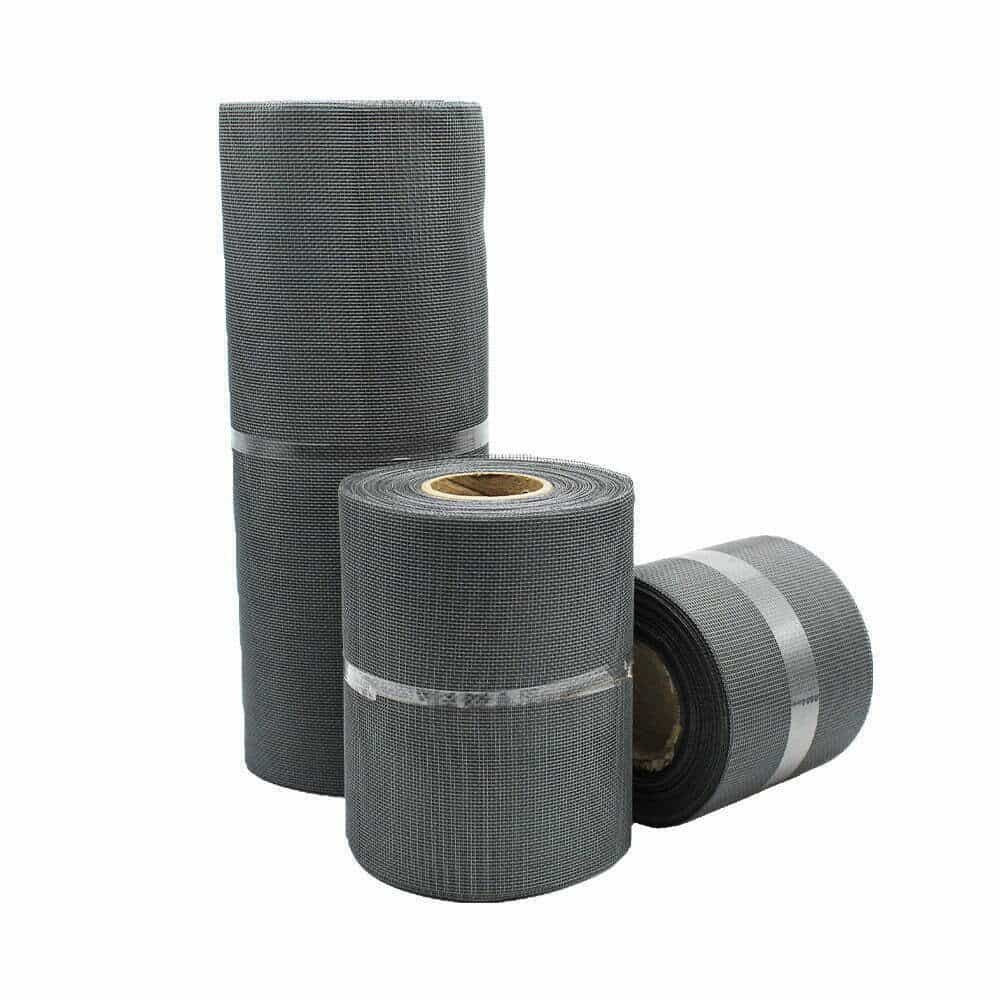
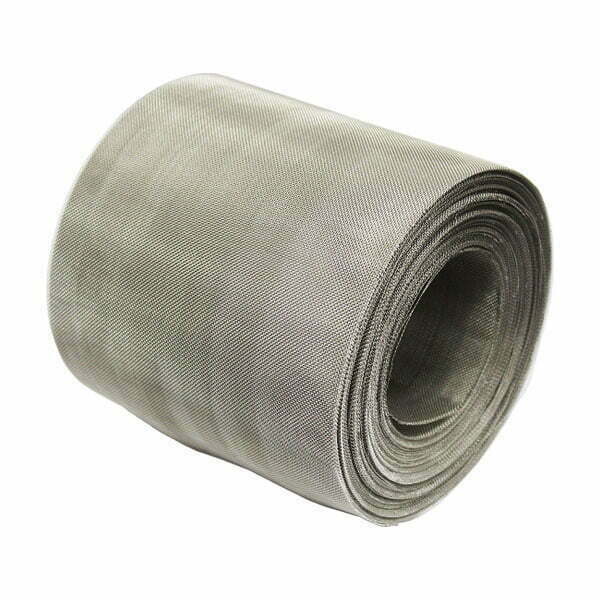
Stainless Steel Mesh: This is a strong and durable option that is resistant to rust and corrosion. It’s more expensive than fiberglass, but it is also more resistant to damage from the elements.
We offer 10 metre to 30 metre long rolls by 50mm to 300mm width.
Aluminium Mesh: This is a lightweight and affordable option that is resistant to rust and corrosion. However, it may not be as strong as steel mesh and may be more easily damaged over time.
We offer 10 metre to 30 metre long rolls by 100mm to 200mm width.

Installing a soffit vent mesh typically involves the following steps:
The lifespan of woven wire soffit mesh will depend on several factors, including the type of mesh, the quality of the material, and the conditions it is exposed to. Here are some general guidelines:
It is worth noting that the longevity of woven wire soffit mesh can be impacted by exposure to the elements, such as sun, wind, rain, and snow, as well as by the presence of corrosive substances, such as salt. Regular inspections and maintenance, such as cleaning and painting, can help extend the lifespan of the mesh.
Yes, mesh material can be recycled, depending on the type of mesh and the recycling facilities available in your area.
Metal meshes, such as galvanised steel, stainless steel, aluminium, and copper, can typically be recycled as scrap metal.
Plastic meshes, such as those made from polypropylene or nylon, can be recycled as plastic waste. However, it is important to check with your local recycling facilities to see if they accept these types of materials, as the recycling process for plastic can be more complex and may not be available in all areas.
Fiberglass meshes can also be recycled, although the process may be more difficult and may not be widely available.
Before recycling mesh, it is important to clean it thoroughly to remove any debris or residue, as this can help ensure that the recycling process is efficient and effective.
As always, thank you for checking out our blog. We hope that this helps you with your project. We try to launch a couple of new guides every week. Eventually we will have covered everything there is to cover about mesh.
Our goal for our blogs and help guides is to answer as many questions as possible to help to explain the possibilities of mesh to our customers. Contact our team today if you have any questions at all. We are always really keen to help in any way that we can.